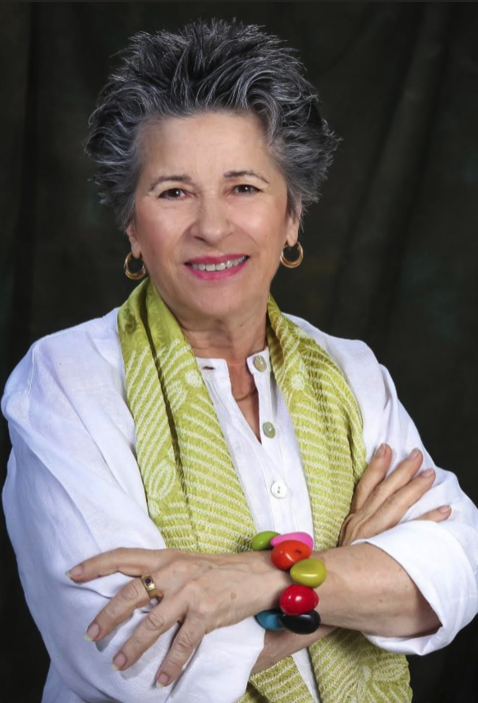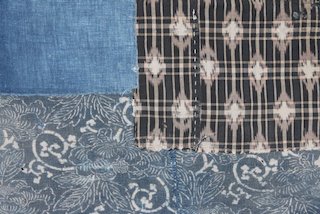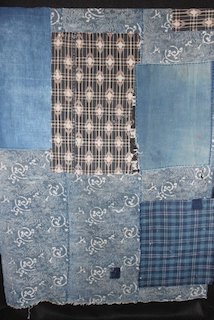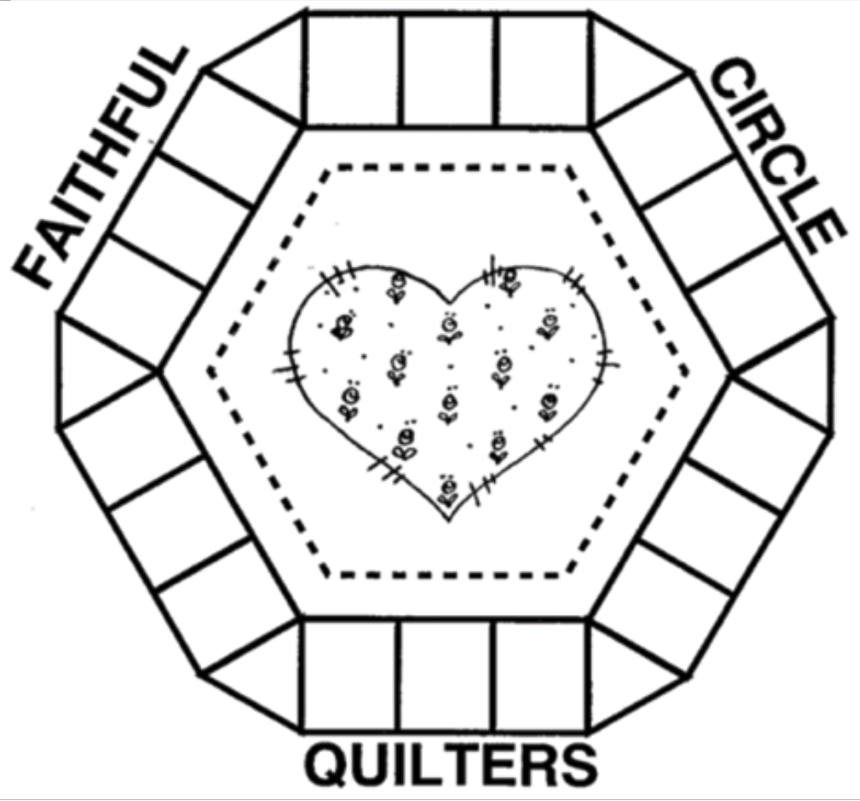 Image 1 of 5
Image 1 of 5

 Image 2 of 5
Image 2 of 5

 Image 3 of 5
Image 3 of 5

 Image 4 of 5
Image 4 of 5

 Image 5 of 5
Image 5 of 5






BORO—Small Project Design June Colburn May 29, 2025 (registration for non-members)
PROJECT SIZE: 12” - 16” square or rectangle
Historically, boro (meaning “tattered”) was used to describe the garments and household goods made from re-purposed fabrics, generally purchased with stains, holes and tears. Women stitched these damaged pieces together, adding others on top or on the back to fill in the missing fabric.
Boro was never meant to be beautiful—it was utilitarian, plain and simple. The stitches are not perfect or pretty; there was no time for useless thread ornamentation, or extra thread, for that matter. It is only with growing prosperity and hindsight that textile lovers the world over have come to appreciate the work involved in making something useable from nothing.
Actual boro was stitched by re-using thread removed from seams in ragged garments or futon covers. Or they were pulled from woven fabric to use for stitching. It was generally coarse and much thicker than machine thread
There is no pattern for boro. Larger pieces are sewn together in the most economical way possible, regardless of color. Smaller pieces are placed over or under the holes, rips and worn areas to repair them.
The class sampler could be finished as a tote bag or incorporated in a larger project.Description to follow
PROJECT SIZE: 12” - 16” square or rectangle
Historically, boro (meaning “tattered”) was used to describe the garments and household goods made from re-purposed fabrics, generally purchased with stains, holes and tears. Women stitched these damaged pieces together, adding others on top or on the back to fill in the missing fabric.
Boro was never meant to be beautiful—it was utilitarian, plain and simple. The stitches are not perfect or pretty; there was no time for useless thread ornamentation, or extra thread, for that matter. It is only with growing prosperity and hindsight that textile lovers the world over have come to appreciate the work involved in making something useable from nothing.
Actual boro was stitched by re-using thread removed from seams in ragged garments or futon covers. Or they were pulled from woven fabric to use for stitching. It was generally coarse and much thicker than machine thread
There is no pattern for boro. Larger pieces are sewn together in the most economical way possible, regardless of color. Smaller pieces are placed over or under the holes, rips and worn areas to repair them.
The class sampler could be finished as a tote bag or incorporated in a larger project.Description to follow
PROJECT SIZE: 12” - 16” square or rectangle
Historically, boro (meaning “tattered”) was used to describe the garments and household goods made from re-purposed fabrics, generally purchased with stains, holes and tears. Women stitched these damaged pieces together, adding others on top or on the back to fill in the missing fabric.
Boro was never meant to be beautiful—it was utilitarian, plain and simple. The stitches are not perfect or pretty; there was no time for useless thread ornamentation, or extra thread, for that matter. It is only with growing prosperity and hindsight that textile lovers the world over have come to appreciate the work involved in making something useable from nothing.
Actual boro was stitched by re-using thread removed from seams in ragged garments or futon covers. Or they were pulled from woven fabric to use for stitching. It was generally coarse and much thicker than machine thread
There is no pattern for boro. Larger pieces are sewn together in the most economical way possible, regardless of color. Smaller pieces are placed over or under the holes, rips and worn areas to repair them.
The class sampler could be finished as a tote bag or incorporated in a larger project.Description to follow
